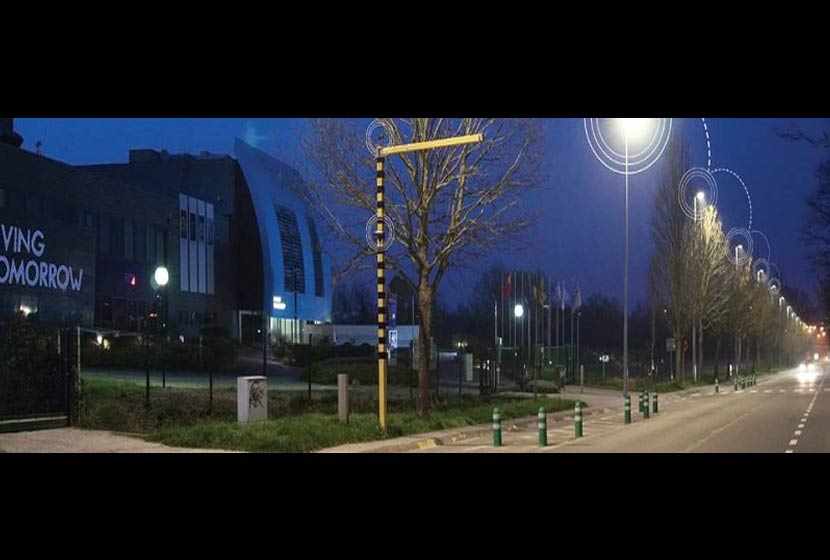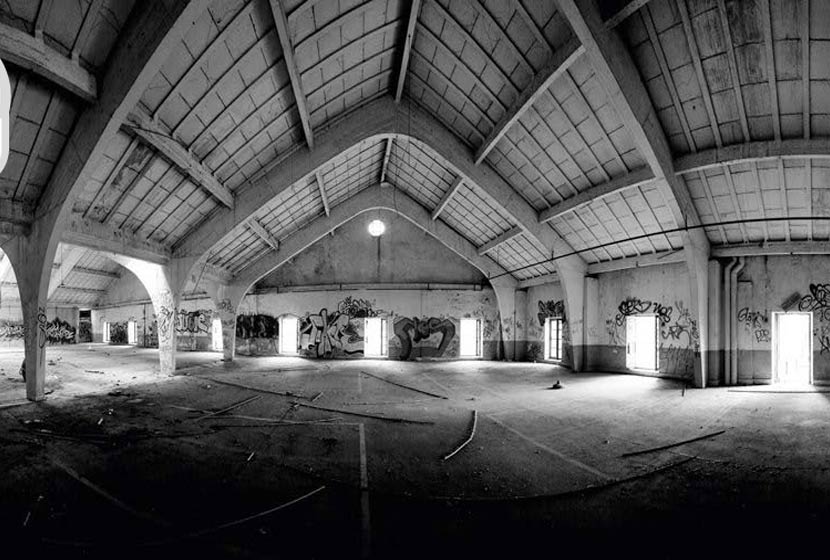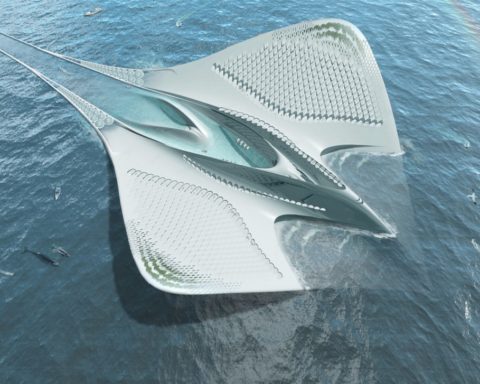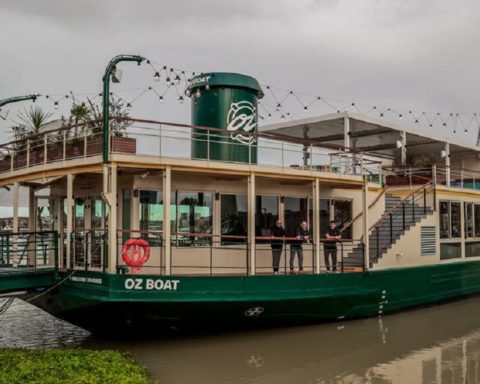Ecological transition: The Netherlands has just inaugurated the world's first solar road!
The Netherlands has just inaugurated the world's first section of the solar road north of Armsterdam on November 12. "It's one of our ambitious renewable energy projects."The Dutch Minister of the Economy, Henk Kamp, enthused at the inauguration of SolaRoad.
This revolutionary project, developed by the Dutch company SolaRoad, took up the challenge of covering a section of road with solar panels. 70 meters long, SolaRoad has the capacity to produce electrical energy such as that generated by photovoltaic panels that capture sunlight. SolaRoad will be tested for two years. The goal of the project is to be able to install a commercially viable solar road within five years, as the number of electric cars and bicycles continues to increase. According to its designers, this innovative project could eventually make it possible to recharge bicycles and electric vehicles on the entire Dutch road network (140,000 km, 25,000 km of cycle paths).

To date, the road consists of 2.5 by 3.5 metre concrete modules covered with solar panels. These have been lined with tempered, non-slip glass to prevent accidents. Thanks to the capture of sunlight, it can produce 140 kilowatts of energy per hour. For the time being, the electricity generated is fed into the electricity grid but could also be used in the future to light public roads, says the Netherlands Organisation for Scientific Research (TNO).
 The electricity generated by the photovoltaic modules exposed to the sun is injected directly into the local electricity grid. However, the project is part of a broader goal of integrating green energy devices into the country's existing infrastructure. The idea of SolaRoad is to exploit, in this perspective, the numerous bicycle paths that dot the territory to transform them little by little into an important source of renewable energy. In this perspective, SolaRoad's bicycle path will serve as a test bed for the next three years.
The electricity generated by the photovoltaic modules exposed to the sun is injected directly into the local electricity grid. However, the project is part of a broader goal of integrating green energy devices into the country's existing infrastructure. The idea of SolaRoad is to exploit, in this perspective, the numerous bicycle paths that dot the territory to transform them little by little into an important source of renewable energy. In this perspective, SolaRoad's bicycle path will serve as a test bed for the next three years.
By 2016, if the experiment works, the runway will be extended to 100 metres, " bicycles and electric vehicles may one day be able to recharge their batteries from the road or bicycle path, without wires or electric plugs".reports Stefen De Wit, one of the scientists. The energy produced by the latter will thus be used to directly recharge the batteries of electric vehicles, to illuminate public roads and even to power traffic lights.
"We hope to have a product that can be applied on a large scale within five years." says Stefen De Wit, who points out that "The Netherlands wants to triple the share of renewable energies in its electricity consumption by 2020 and to be energy neutral by 2050. »
(Source: IMTech Nov 2014)












